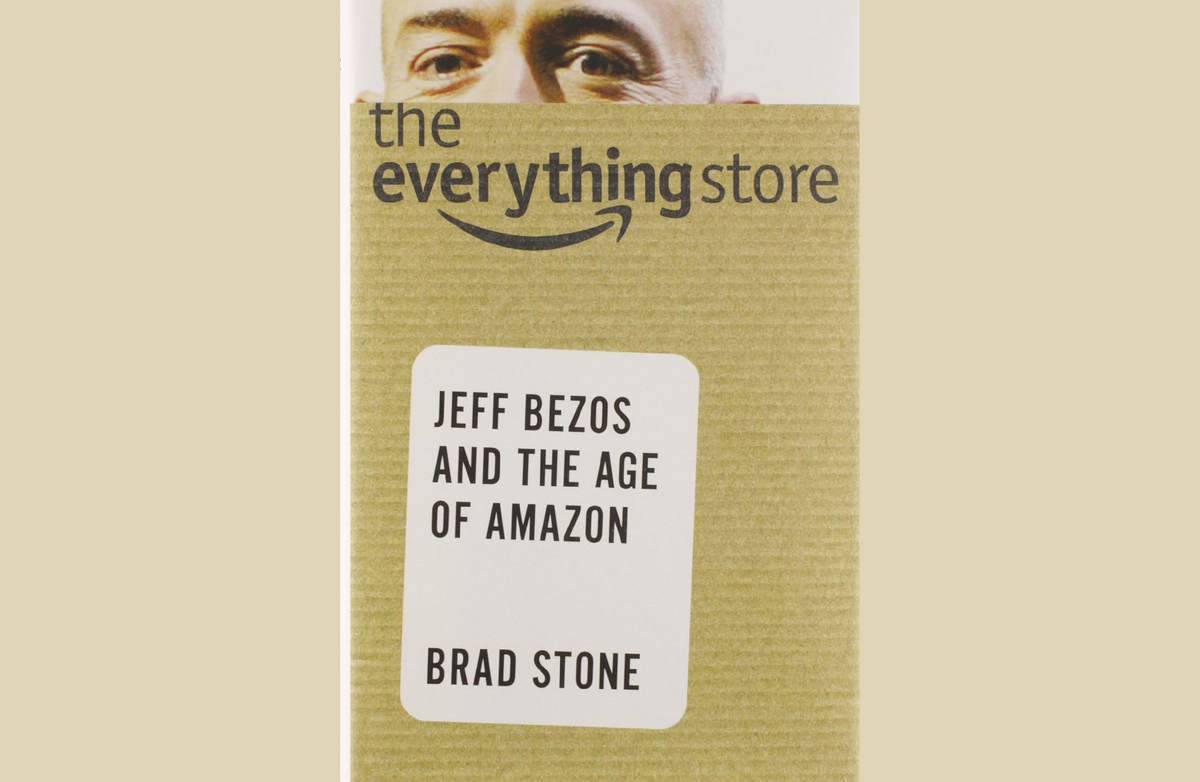Gaze Way Into The Future with The CTO of Amazon

Werner Vogels, Amazon's CTO, offers a visionary outlook on the future of technology. His predictions for 2024 and beyond highlight significant trends that entrepreneurs should keenly observe.

Generative AI: A Cultural Conduit
Vogels anticipates a breakthrough in Generative AI, with advanced language models becoming more culturally aware. This evolution will enable entrepreneurs to tap into a more globally accessible and culturally fluent AI, opening new market opportunities. Here are five examples of how Generative AI with advanced cultural awareness can create new market opportunities:
- Localized Social Media Content: AI-powered tools can assist social media influencers and marketers create culturally relevant content tailored to specific regions or cultural groups. This can lead to increased engagement and a broader international audience.
- Multilingual Chatbots for Customer Support: Businesses can employ chatbots that communicate in multiple languages and understand and respond to cultural nuances, improving customer support experiences for a diverse customer base.
- Customized Travel Recommendations: AI can provide travelers with personalized travel itineraries and recommendations considering their cultural interests and preferences, enhancing their overall travel experiences.
- Cultural E-commerce Recommendations: Online retailers can use AI to suggest products and services that align with customers' cultural backgrounds, increasing sales and customer satisfaction in global markets.
- Cross-Cultural Collaboration Platforms: AI-powered collaboration platforms can facilitate communication and teamwork among international teams by providing real-time translation and cultural sensitivity insights, enabling smoother cross-cultural interactions in the workplace.

FemTech: Revolutionizing Women's Healthcare
He predicts a substantial growth in FemTech, urging entrepreneurs to recognize the potential in women's healthcare innovations. This sector's development is expected to revolutionize healthcare delivery and outcomes. Here are five noteworthy FemTech innovations that are making a significant impact on women's healthcare:
- Menstrual Tracking Apps: Menstrual tracking apps like Clue and Flo have gained widespread popularity for their ability to help women monitor their menstrual cycles, predict ovulation, and track symptoms. These apps provide valuable insights into reproductive health and can assist in family planning.
- Telehealth Services for Women's Health: Telemedicine platforms such as Maven Clinic and Teladoc offer specialized consultations with women's health professionals, making it easier for women to access expert advice, prescriptions, and healthcare services from the comfort of their homes.
- Fertility Monitoring Devices: Wearable devices like Ava and Tempdrop use physiological data to help women accurately track their fertility, which can be especially beneficial for couples trying to conceive or women seeking to understand their reproductive health better.
- Intelligent Birth Control: Services like Nurx provide online consultations and home delivery of birth control methods, increasing accessibility and convenience for women. Long-acting reversible contraceptives (LARCs) such as IUDs are also gaining popularity for their effectiveness and ease of use.
- Maternal Health Tech: Innovations in maternal health include devices like the Owlet Smart Sock, which monitors a baby's vital signs and provides peace of mind to parents, and digital platforms that offer prenatal and postpartum care support.

AI Assistants: Supercharging Software Development
According to Vogels, AI assistants will transform from essential code generators to comprehensive collaborators in software development. This shift will enhance productivity and innovation, allowing tech entrepreneurs to focus on creating more impactful work. Here are the top five ways AI assistants are supercharging software development and becoming comprehensive collaborators:
- Code Generation and Autocompletion: AI-powered code assistants like GitHub Copilot and TabNine assist developers by suggesting code snippets, autocompleting code, and providing real-time code suggestions, significantly speeding up the coding process and reducing errors.
- Bug Detection and Fixing: AI-based tools can analyze code for bugs, security vulnerabilities, and performance issues. They can suggest fixes or optimizations, helping developers maintain code quality and security.
- Code Review and Collaboration: AI tools like CodeStream and DeepCode help in code reviews by automatically identifying code style violations, best practice deviations, and potential conflicts. This facilitates efficient collaboration among development teams and ensures code consistency.
- Automated Testing: AI-driven testing tools can automatically generate test cases, assess code coverage, and identify areas requiring additional testing, saving developers time and improving software reliability.
- Natural Language Processing (NLP): NLP-powered AI assistants can assist developers in understanding and translating natural language requirements and user stories into code specifications, improving communication between technical and non-technical stakeholders.

Education: Keeping Pace with Tech
Lastly, Vogels foresees a transformation in education, shifting towards industry-led, skills-based training programs. This prediction opens doors for entrepreneurs in the education sector to innovate and align with the rapidly evolving technological landscape. Here are five noteworthy examples of how education is keeping pace with technology and embracing industry-led, skills-based training programs:
- Online Learning Platforms: Coursera, edX, and Udacity offer various courses and degree programs designed in collaboration with industry partners. These platforms provide learners access to relevant and up-to-date tech, business, and healthcare content.
- Coding Bootcamps: Coding bootcamps like General Assembly, Flatiron School, and Le Wagon provide intensive, industry-aligned training in programming and web development. They focus on teaching practical skills in high demand in the tech industry.
- AI-Powered Personalized Learning: AI-driven education platforms like Duolingo and Khan Academy adapt content to individual student needs, helping learners acquire skills and knowledge at their own pace and with customized recommendations.
- Virtual Reality (VR) and Augmented Reality (AR) Learning: Educational institutions and companies leverage VR and AR technologies to create immersive learning experiences. For example, medical students can perform virtual surgeries, and history students can explore historical events through AR apps.
- Workplace Learning and Upskilling: Many companies are investing in employee training and upskilling programs to meet the demands of the rapidly changing job market. Online platforms like LinkedIn Learning and Pluralsight offer courses and resources tailored to specific job roles and industries.
Conclusion
Vogels’ insights offer a roadmap for entrepreneurs navigating the ever-changing tech environment. By aligning with these trends, entrepreneurs can position themselves at the forefront of innovation and growth in the coming years.



